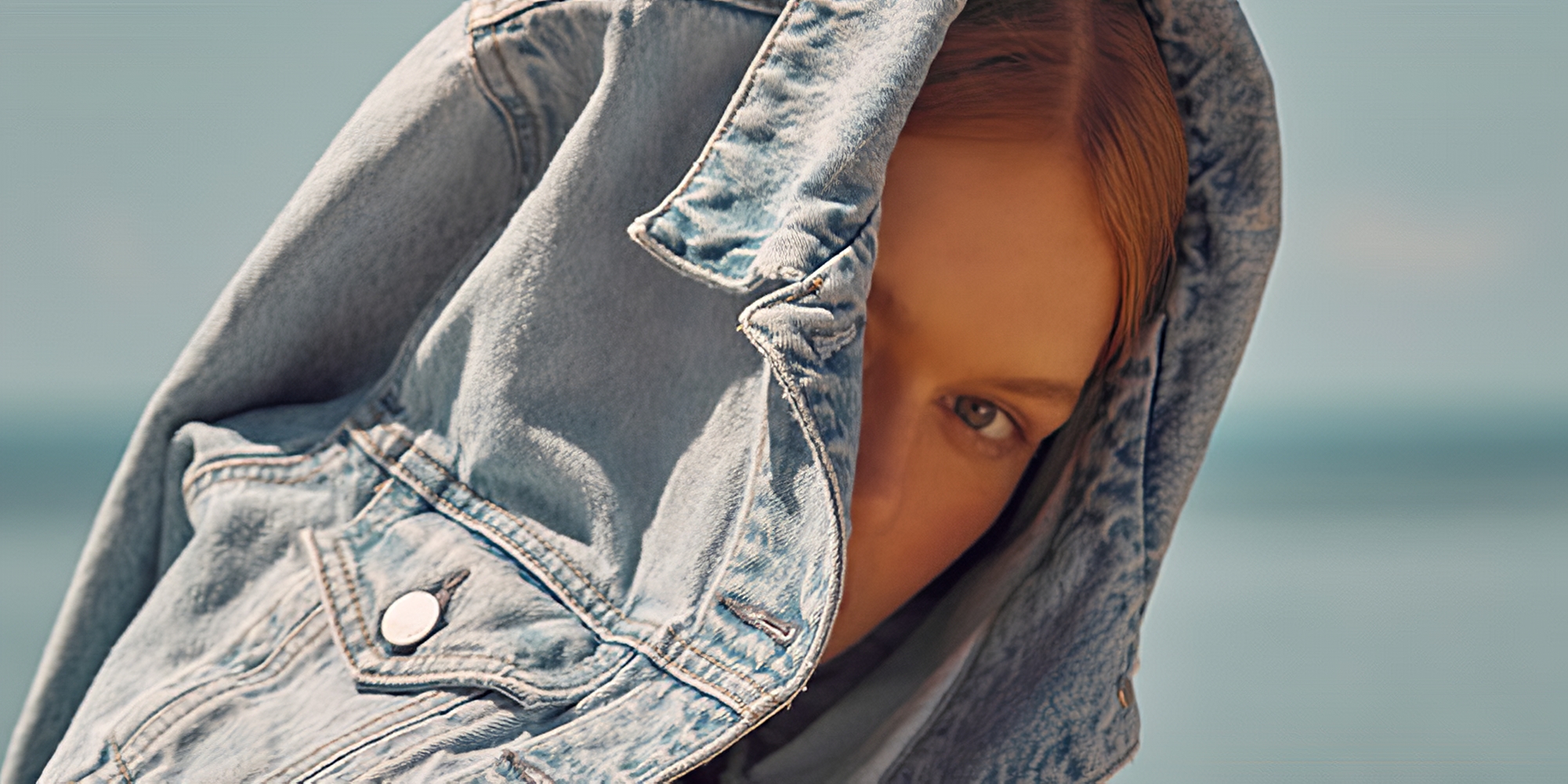Our editors curate highly rated brands that are first assessed by our rigorous ratings system. Buying through our links may earn us a commission—supporting the work we do. Learn more.
New Balance’s image has come a long way. Once dismissed as the epitome of uncool, the brand has managed to reinvent itself, rising to new heights with its comfortable and high-quality sneakers. Sadly, the “Not Good Enough” brand’s ethics don’t hold up. But we have good news: we went on the hunt to find more sustainable alternatives to New Balance.
New Balance is not doing enough
New Balance’s image has come a long way. Once dismissed as the epitome of uncool, the brand has managed to reinvent itself, rising to new heights with its comfortable and high-quality sneakers.
Embraced by runners, athletes, and everyday consumers alike, New Balance has successfully ridden the wave of the dad shoe trend, thanks in part to strategic collaborations.
Unfortunately, despite its claims of “changing the way [it does] things to reduce [its] environmental impact”, New Balance isn’t doing so great when it comes to its impacts on people, the planet, and animals.
When it comes to the environment, New Balance needs to make progress. It has set a target to eliminate hazardous chemicals by 2025 and claims to be on track. However, there is currently no evidence that the brand is taking meaningful action to reduce water use or protect biodiversity in its supply chain. What’s more, the brand currently uses few lower-impact materials.
On the labour front, there is no evidence that New Balance ensures its workers are paid living wages in most of its supply chain. The brand claims to have a program to improve wages, but there is no evidence it’s being effectively implemented. Additionally, there is no evidence that New Balance implements practices to support diversity and inclusion in its supply chain.
Finally, despite not using fur, angora, or exotic animal skin, New Balance still uses leather, wool, down, and exotic animal hair (whether these materials are traced even to the first production stage is unclear).

Overall, we rate New Balance “Not Good Enough”. While the brand has taken some steps towards improving its impact on people and the planet, it still has a long way to go, especially when it comes to using more responsible materials and ensuring living wages for its workers.
As consumers, we can make a difference by taking care of what we own, reducing what we buy, shopping second hand, and choosing to support brands that are doing better.
So, if you like the New Balance vibe, we’ve got you covered. We scoured the Good On You database for a diverse range of more sustainable alternatives that capture the essence of New Balance while prioritising more responsible practices and environmental stewardship.
Whether you’re a devoted runner seeking performance-driven sneakers or simply someone who appreciates New Balance’s timeless appeal, our list has something for everyone.



























